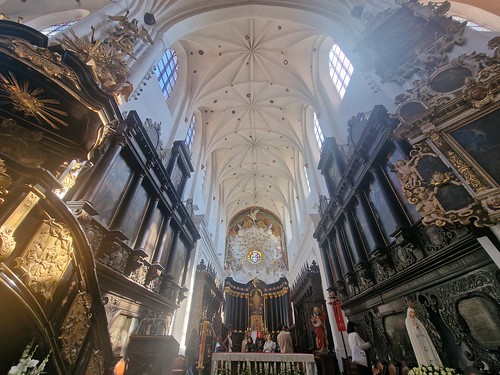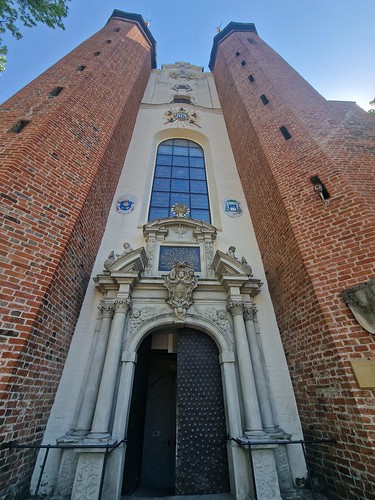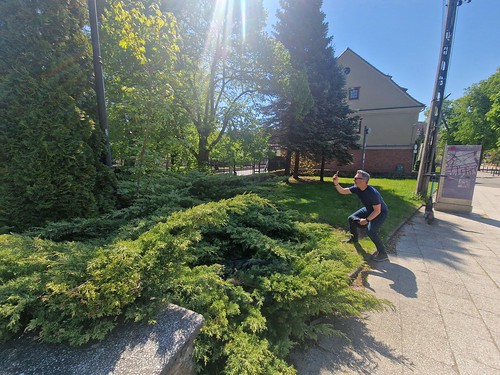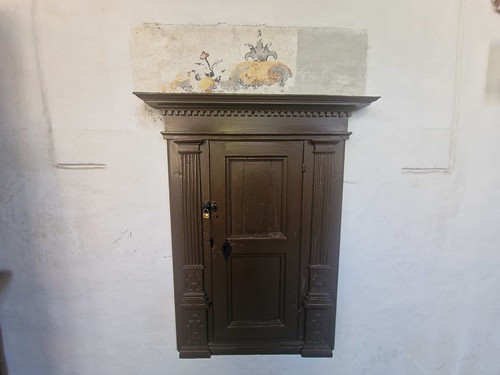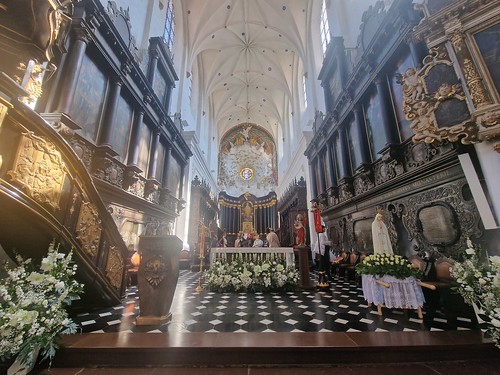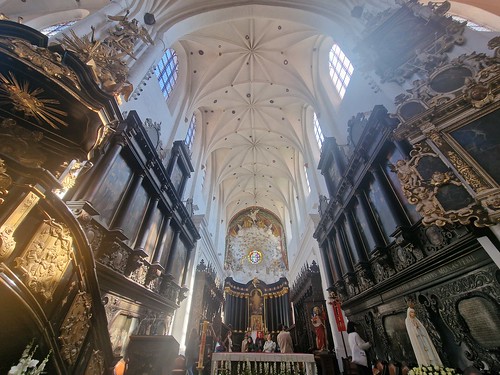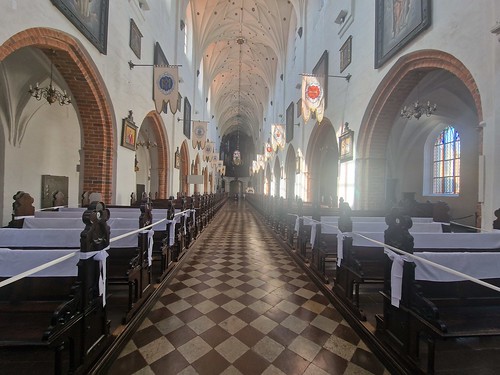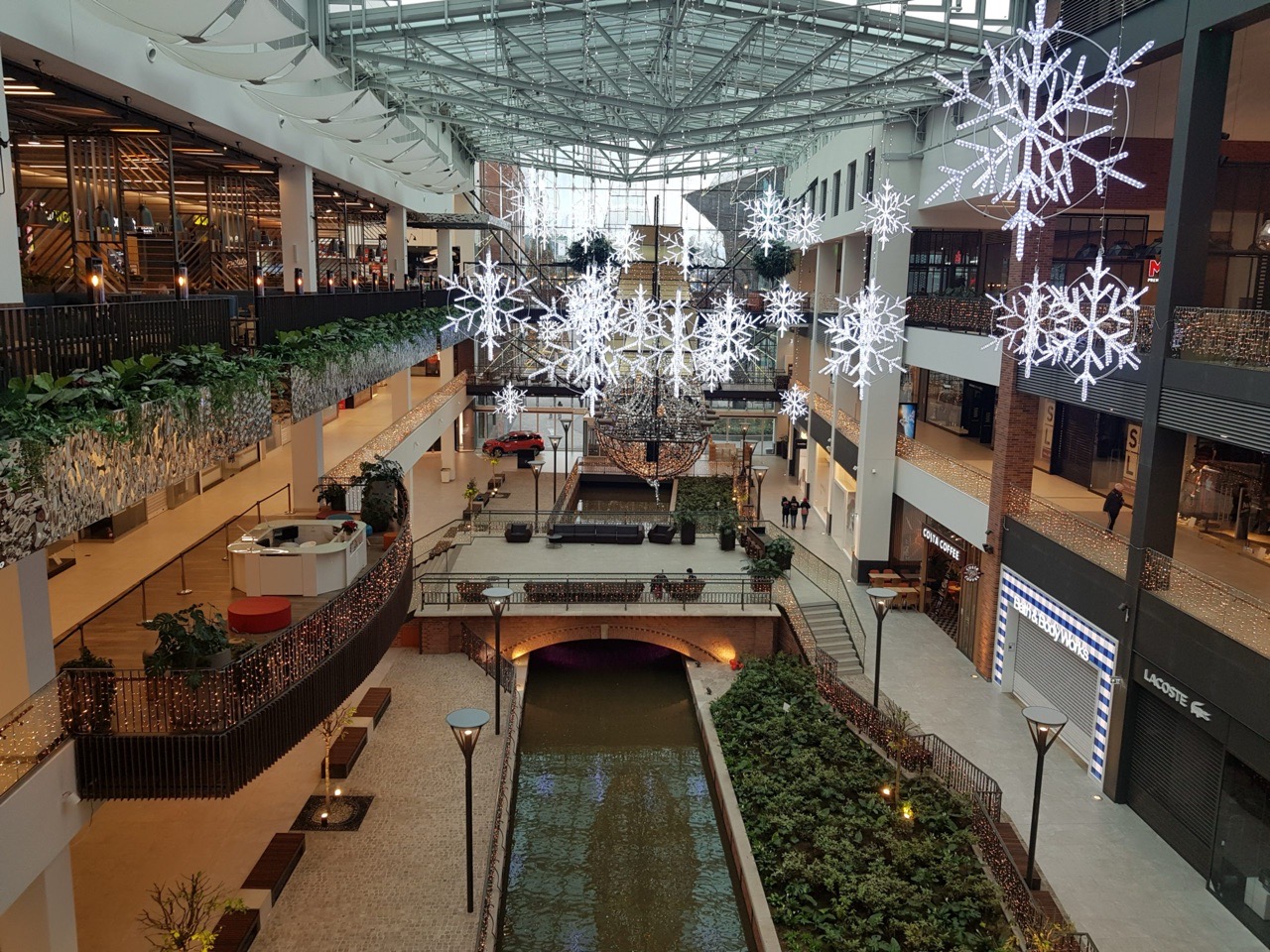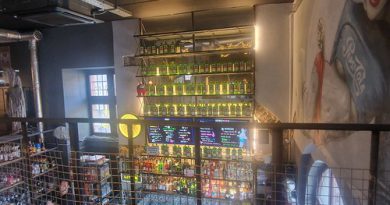Gdansk Group Trip – Day 4 (Oliwa Cathedral)
My idea for the fourth day of the expedition was to show the group some more of the Tricity of Gdansk, Sopot and Gdynia, as well as Oliwa which is a suburb of Gdansk. We started the day at Oliwa Cathedral (formally known as the Archcathedral Basilica of the Holy Trinity), but the next post will be about transportgate which we faced in getting there, which was challenging for just about all of us. I’ve visited this cathedral a couple of times before, but it’s always worth a repeat visit.
The history of Oliwa Cathedral dates back to the 12th century, originally founded as a simple wooden structure in 1186 by Sambor I of Gdansk, Duke of Pomerania. Over the centuries, the cathedral underwent numerous expansions and renovations, resulting in a combination of architectural styles ranging from Romanesque and Gothic to Baroque. The first brickwork was added in 1224, and subsequent reconstructions took place in 1234-1236. Despite facing destruction and damage over the years, the cathedral persevered and witnessed significant transformations.
In recognition of its historical and cultural significance, Oliwa Cathedral was bestowed with various titles and honours, including become the Polish cathedral of Gdansk in 1925. This was because Gdansk had become the independent Free City of Danzig, meaning that a new religious order was needed. In 1976, it was designated a minor basilica, and in 1992, it was elevated to the status of a metropolitan cathedral. The cathedral houses notable features, including a substantial Rococo organ renowned worldwide. This was designed by Johann Wilhelm Wulff, also known as Brother Michael, the organ’s construction spanned from 1763 to 1788 and received subsequent improvements by organ masters.
We tried to get inside and at first thought that there was a service taking place, so we went to wait outside. Something didn’t feel right as there wasn’t meant to be a service on, so Richard went to check on what was happening. He returned scared as he had seen a nun and had run away, so we instead asked Susanna as she is scared of nothing. It transpired that there was an organ recital, but it was coming to an end so we could go in. Richard commented how lovely he found the organ music, whereas Bev said several times that she absolutely hated it.
Steve, recreating Susanna’s infamous camera pose.
Bev, trying to look innocent in the cathedral’s nave.
The cathedral’s second organ, which is a choir organ dating back to 1680. Incidentally, I like those steps, they’ve got some character to them.
I’m always intrigued by wall paintings which have been restored and exposed once again, it’s hard to imagine what the now whitewashed walls would have once looked like.
More decoration above a religious and holy cupboard.
The choir and chancel.
The roof of the choir and chancel.
Looking back along the nave once again. Inside the cathedral, there are 23 different altars which are mostly in the Baroque and Rococo style.
The cathedral’s main organ. This has been repaired many times, not least when the Prussian army pinched some of the pipes during the First World War and melted them down. I’m sure that the cathedral authorities thought that this was entirely sub-optimal.
This is a beautiful building and I think everyone in our group thought that it was worth visiting, despite Bev’s negative commentary about their organ music which is renowned around the country. There’s no charge to enter the building, although donations are appreciated and there appears to be a charge for those who want to listen to the organ music.

